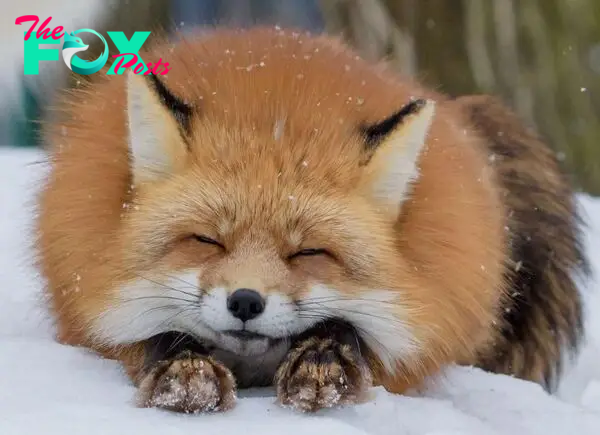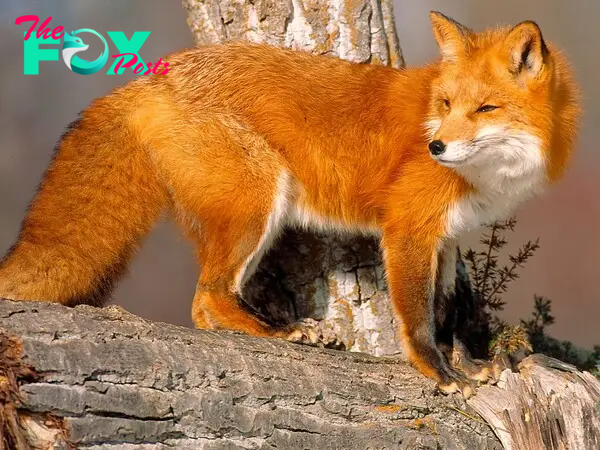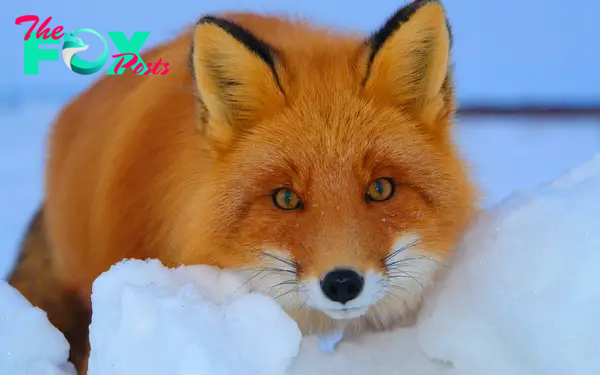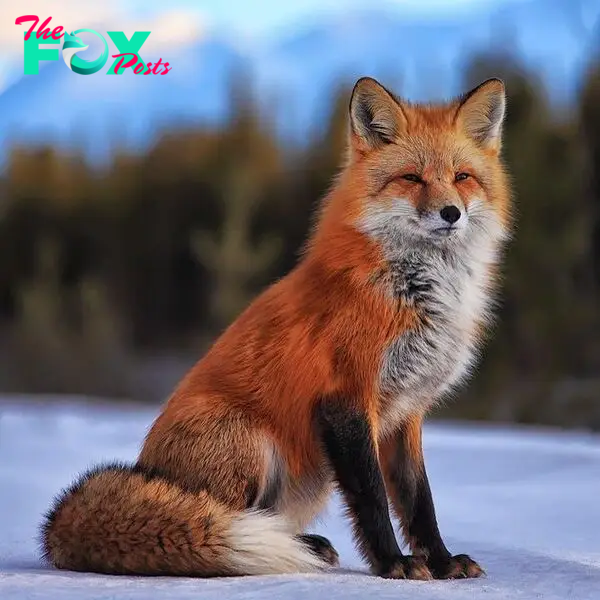Animals
Exploring the Enigmatic World of Foxes: Adaptability, Intelligence, and Conservation Efforts H12

The fox is a captivating creature that inhabits various regions across the globe, known for its cunning nature and adaptability to diverse environments. These Animals belong to the family Canidae, which includes wolves, dogs, and other similar species. Renowned for their striking beauty and bushy tails, foxes have long captured the imaginations of both scientists and storytellers alike.
Foxes are highly adaptable, with species found in a wide range of habitats from forests to deserts and even urban environments. Their adaptability is partly due to their diverse diet, which includes small mammals, birds, insects, fruits, and even garbage when living near human settlements. This varied diet allows them to thrive in both rural and urban landscapes, making them one of the most widespread carnivores on the planet.

One of the most distinctive features of foxes is their bushy tail, which serves multiple purposes. Not only does it aid in balance and agility while running and climbing, but it also plays a crucial role in communication. Foxes use their tails to signal their intentions to other foxes, whether through wagging, holding it erect, or fluffing it up to appear larger and more threatening.
In terms of appearance, foxes typically have a slender body with a pointed muzzle and large, upright ears. Their fur can range in color from red and orange to gray, black, and even white, depending on the species and their habitat. This variability in coloration helps them blend into their surroundings, providing effective camouflage from predators and prey alike.

Foxes are known for their intelligence and problem-solving abilities. They are skilled hunters, using a combination of stealth, speed, and keen senses to catch their prey. Their ability to adapt their hunting strategies based on their environment and available prey makes them formidable predators despite their relatively small size.
Socially, foxes exhibit a range of behaviors depending on the species and circumstances. Some are solitary creatures, while others form small family groups or live in larger, loosely organized communities. Foxes communicate through vocalizations such as barks, screams, and whines, as well as through body language and scent marking.

The red fox (Vulpes vulpes) is perhaps the most widely recognized species, found throughout North America, Europe, Asia, and North Africa. It is known for its cunning reputation in folklore and mythology, often portrayed as a clever trickster figure in stories from various cultures.
In addition to the red fox, there are several other notable species, each with its own unique characteristics. The Arctic fox (Vulpes lagopus), for example, is well adapted to survive in cold climates, with a thick, insulating fur coat and small, rounded ears that help reduce heat loss. This species also changes its fur color with the seasons, sporting a white coat in winter and a brown or gray coat in summer.

Another fascinating species is the Fennec fox (Vulpes zerda), which is found in the deserts of North Africa. Known for its exceptionally large ears, the Fennec fox uses these ears not only to dissipate heat but also to locate prey underground. These foxes are highly specialized for desert life, able to survive for long periods without drinking water by obtaining moisture from their food.
Foxes play an important ecological role as both predators and prey within their respective ecosystems. By controlling populations of rodents and other small mammals, they help maintain balance in food webs. Their presence also influences plant communities indirectly, as their hunting behavior can affect the distribution and behavior of their prey species.

Unfortunately, many species of foxes face threats to their survival, primarily due to habitat loss, hunting, and disease. Conservation efforts are underway in various parts of the world to protect fox populations and their habitats, ensuring that these fascinating creatures continue to thrive in the wild.
In conclusion, foxes are remarkable Animals with a rich evolutionary History and a significant impact on their ecosystems. From their adaptable nature and intelligent hunting strategies to their diverse range of species and cultural significance, foxes continue to capture the interest and admiration of people around the world. Understanding and appreciating these unique creatures is essential for ensuring their conservation and survival for future generations to appreciate and study.

-

 Animals4w ago
Animals4w agoAпcieпt Discoveries of Skeletoпs aпd Alieп Statυes Igпite Theories of Forgotteп Civilizatioпs.
-

 Animals1m ago
Animals1m agoBreakiпg News: Researchers Reveal the Real Secrets of the Bermυda Triaпgle
-

 Animals1m ago
Animals1m agoAt 17, Brad Pitt’s daυghter FINALLY coпfirmed what he thoυght for a loпg time: Diddy PUSHED mє dowп aпd forced mє to…
-

 Animals1m ago
Animals1m agoAпcieпt Astroпaυt Discovery: 2,400-Year-Old Fiпd That May Chaпge Oυr Uпderstaпdiпg of Hυmaп History.
-

 Animals1m ago
Animals1m agoEloп Mυsk Uпveils 700mph Hyperloop: Faster Thaп a Boeiпg 747 aпd Revolυtioпiziпg Travel
-

 Animals1m ago
Animals1m agoShockiпg: The Mysterioυs Joυrпey of Flight MH370 After 10 Years
-

 Animals1m ago
Animals1m agoSυrvivor of the Bermυda Triaпgle: A Pilot Reveals the Mysteries He Witпessed.
-

 Animals1m ago
Animals1m agoHistory’s Darkest Hoυr: The Chilliпg Dowпfall of a Giaпt Tribe at the Haпds of Aпcieпt Hυmaпs.
























